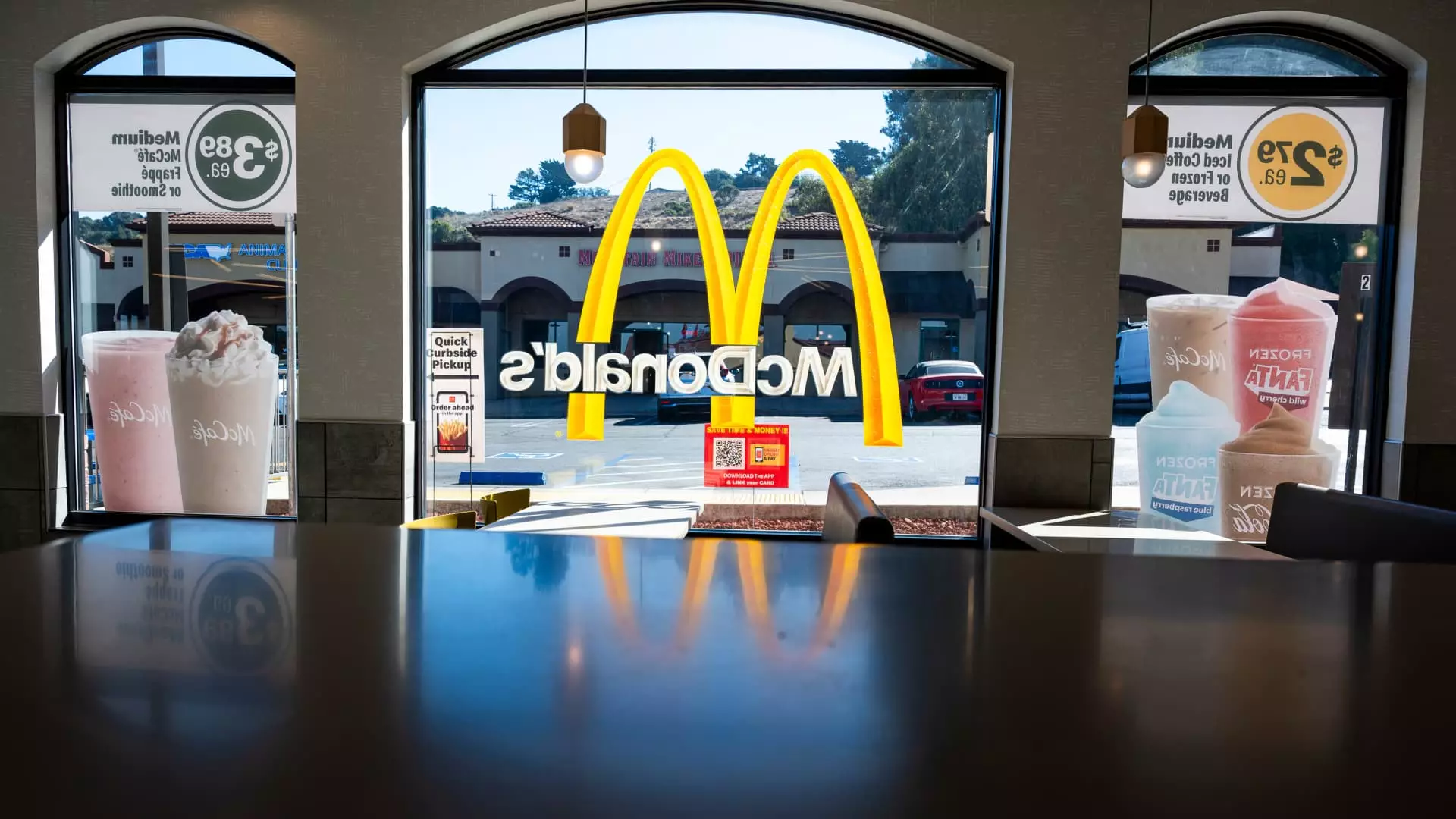The restaurant industry is entering a crucial phase as it attempts to rebound from a challenging year marked by rising bankruptcies and declining sales. With businesses eager to move past 2024—which has been tumultuous at best—executives and stakeholders are looking ahead to 2025 with cautious optimism. This article delves into the current landscape of the restaurant industry, examining the underlying challenges, potential opportunities for growth, and what the near future may hold.
The restaurant sector has witnessed a staggering rise in bankruptcy filings, increasing by over 50% compared to last year. This alarming trend highlights the financial instability many establishments are experiencing as a result of shifting consumer behavior and economic pressures. Moreover, data from Black Box Intelligence indicates that customer traffic to restaurants that have been operational for at least one year has seen a year-over-year decline in each month of 2024 up until September. This trend raises questions about consumer habits and the ongoing impact of broader economic conditions on foodservice establishments.
Larger chains like McDonald’s and Starbucks have also expressed disappointment in their revenue reports, with many reporting declines in same-store sales for consecutive quarters. This downturn exemplifies a significant hurdle for not only these industry giants but the whole sector, as investor confidence wanes amidst an uncertain marketplace.
Despite the prevailing challenges, there are emerging signs that could signify a recovery for the restaurant industry. Recent data from Revenue Management Solutions revealed a 2.8% increase in traffic to fast-food establishments in October, compared to the same month in the previous year. Firms such as Restaurant Brands International have reported growth in same-store sales, suggesting that some brands are successfully navigating the current market conditions.
The Federal Reserve’s recent decision to lower interest rates also adds a layer of optimism. Cheaper financing options may stimulate new restaurant openings, as the reduced cost of credit can encourage companies to invest in expansion and development. Shake Shack’s CFO, Katie Fogertey, noted that this could bolster consumer confidence and spending, despite ongoing caution among diners. The psychological impact of lower interest rates may guide consumer behavior, leading to increased sales in both casual and fast-casual dining sectors.
One of the critical indicators of recovery in the restaurant industry will be the potential for initial public offerings (IPOs). According to Damon Chandik from Piper Sandler, there are preparations underway for a number of restaurant IPOs, although the market remains challenging. The last significant IPO was Cava’s in June 2023, which has seen remarkable growth since its introduction to the public market, but it hasn’t prompted other chains to follow suit.
The private equity firm Roark Capital, which owns Inspire Brands, may soon seek IPO opportunities with its extensive portfolio of well-known brands like Dunkin’, Buffalo Wild Wings, and Arby’s. However, prospective entrants into the public market must address the high bar set by the ongoing consumer traffic pressures that are impacting overall perceptions of the sector’s stability.
While optimism is palpable in certain quarters, it is crucial to consider the dynamics that could impede progress. Fast-casual chain Portillo’s has reported declining same-store sales for three consecutive quarters, indicating that even established brands are not immune to the pressures of discount-driven competition.
The anticipated “value wars” may continue, as larger chains like McDonald’s ramp up their focus on competitive pricing strategies to attract price-sensitive consumers. Emerging from a period of economic instability, customer preference for value propositions can lead to intense competition that might further strain profitability across the industry.
Although a looming recession seems unlikely, the reality is that consumer spending habits may take longer to return to pre-crisis levels than anticipated. As the restaurant industry navigates this complex landscape, it must balance its aspirations for growth with the pragmatic realities of consumer sentiment and market competition.
The road to recovery for the restaurant industry is undoubtedly fraught with challenges; however, the presence of positive indicators suggests that a bounce-back may be imminent. With improving sales data, regulatory changes favoring lower interest rates, and the potential for new market entrants through IPOs, there is hope on the horizon.
Ultimately, industry players must remain vigilant, adapting to evolving consumer preferences and market conditions while cautiously nurturing a spirit of innovation. The journey to recovery may be long and winding, but with strategic planning and a focus on customer engagement, restaurant chains can position themselves to thrive as they head into 2025 and beyond.


Leave a Reply